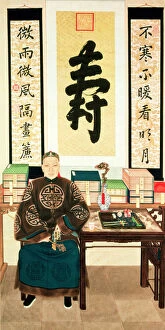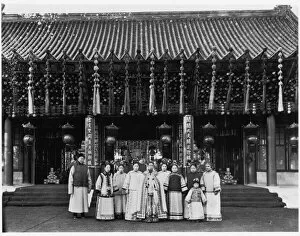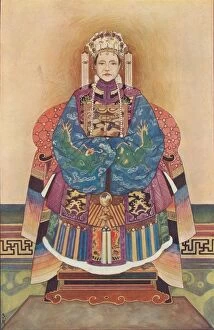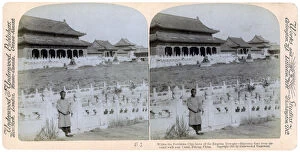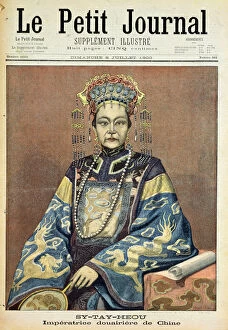Tzu Hsi Collection
Tzu Hsi, also known as Empress Dowager Cixi, was a powerful figure in Chinese history during the late 19th and early 20th centuries
All Professionally Made to Order for Quick Shipping
Tzu Hsi, also known as Empress Dowager Cixi, was a powerful figure in Chinese history during the late 19th and early 20th centuries. Born in 1835, she rose to prominence as the aunt of Emperor Kouang-Siu and eventually became his regent after his premature death. Her reign was marked by both prosperity and controversy. Tzu Hsi's influence extended beyond her role as regent, making significant political decisions that shaped China's future. She implemented reforms aimed at modernizing the country while maintaining traditional values. Tzu Hsi's rule faced challenges from within and outside of China. Her leadership during the Boxer Rebellion showcased her determination to protect Chinese sovereignty against foreign powers. Despite criticism for her conservative policies, she managed to maintain stability amidst internal conflicts. Portraits depict Tzu Hsi surrounded by her loyal attendants and ladies-in-waiting, showcasing her regal presence and authority. The images capture moments of reception in the throne room where she held court with dignity and grace. The Empress Dowager resided in opulent palaces such as the Summer Palace in Beijing, which served as a symbol of imperial power. These grand structures were witness to Tzu Hsi's reign and reflected her taste for luxury. However, not all aspects of Tzu Hsi's life were glamorous; there were darker elements too. The display of Emperor Kouang-Siu's body alongside hers in the pavilion of imperial longevity illustrates their tragic deaths within months of each other. Behind this enigmatic ruler stood influential figures like Li-Lieu Ying, who served as Tzu Hsi’s Great Eunuch—a testament to her reliance on trusted advisors throughout her reign. Tzu Hsi passed away in 1908 but left an indelible mark on Chinese history. Her legacy is one that continues to be debated—some view her as a progressive reformer, while others criticize her for maintaining an autocratic regime.




